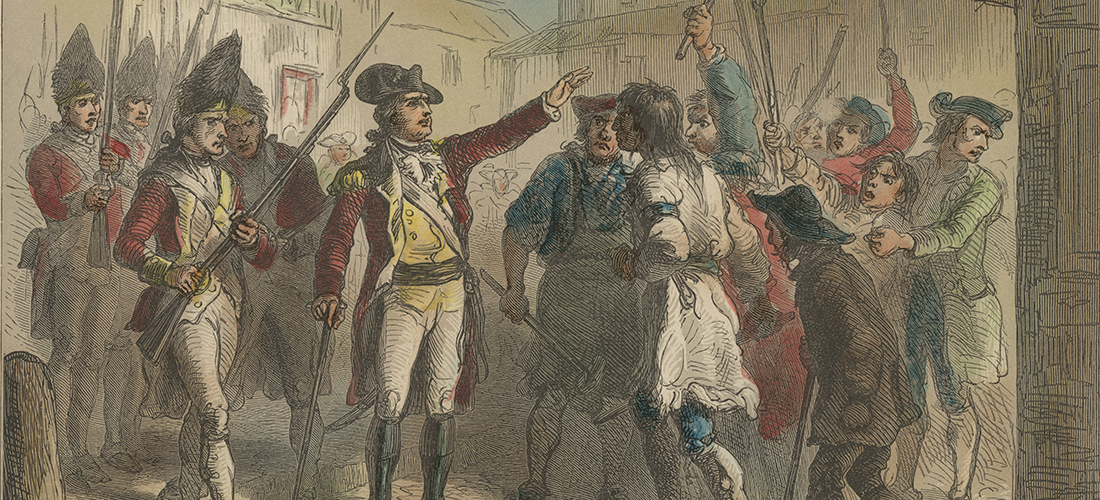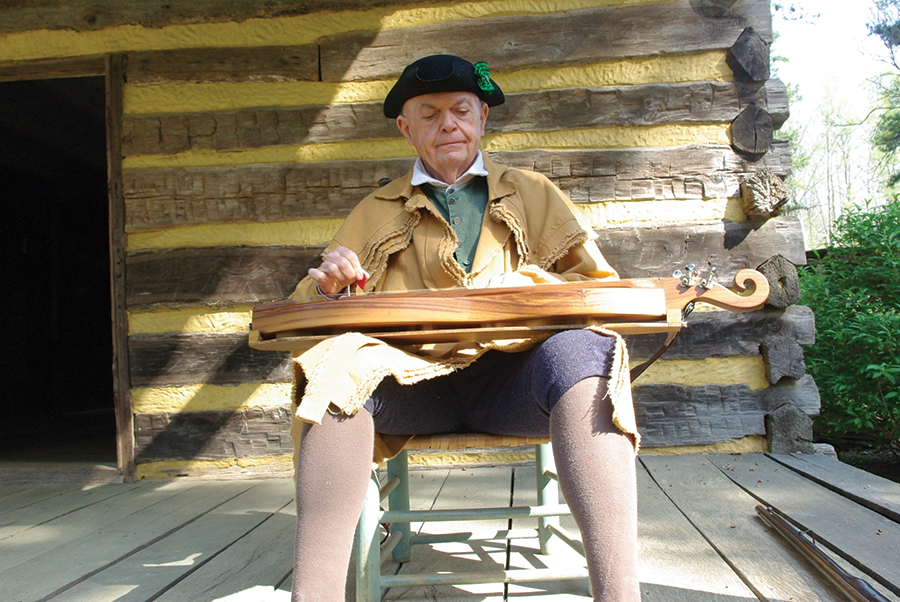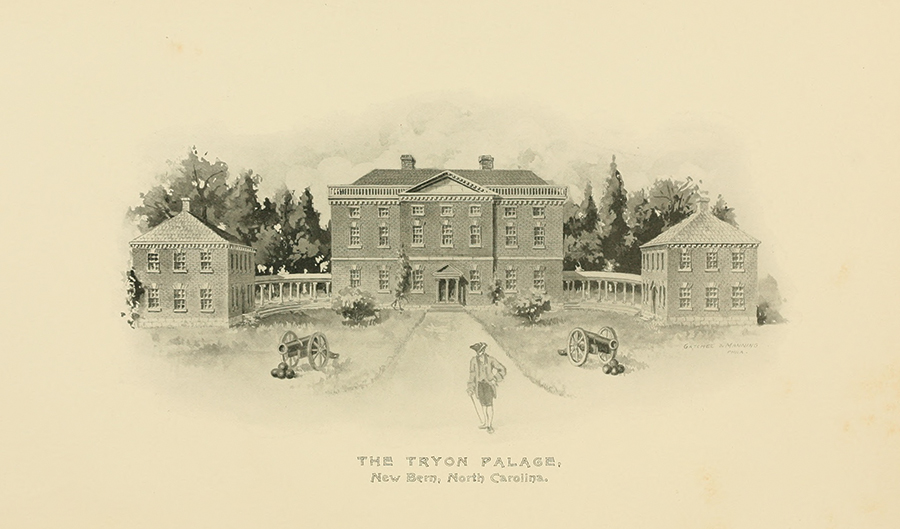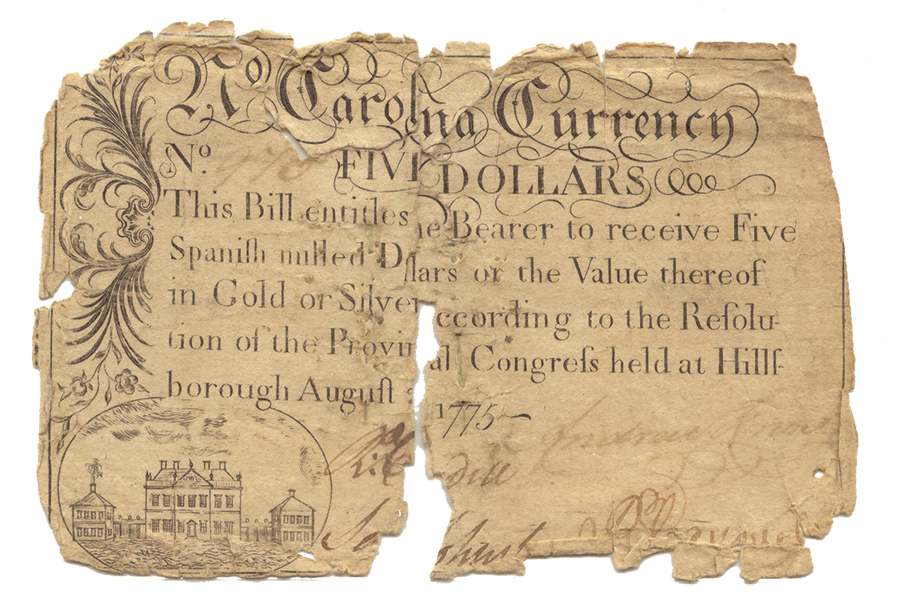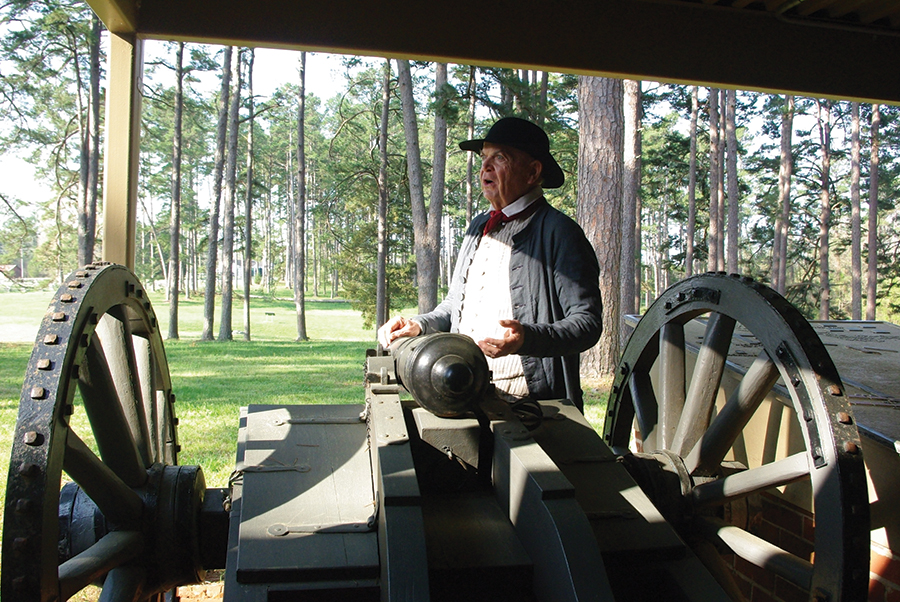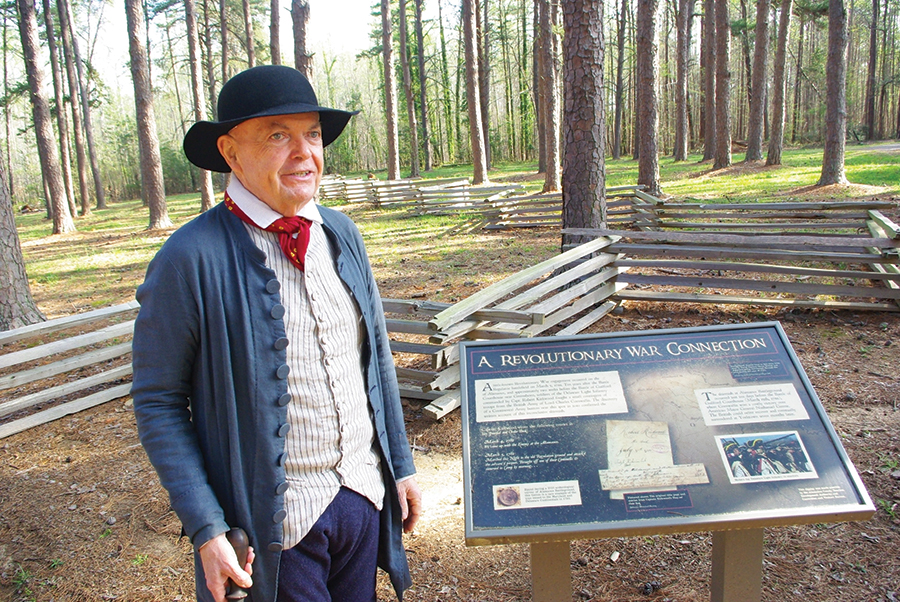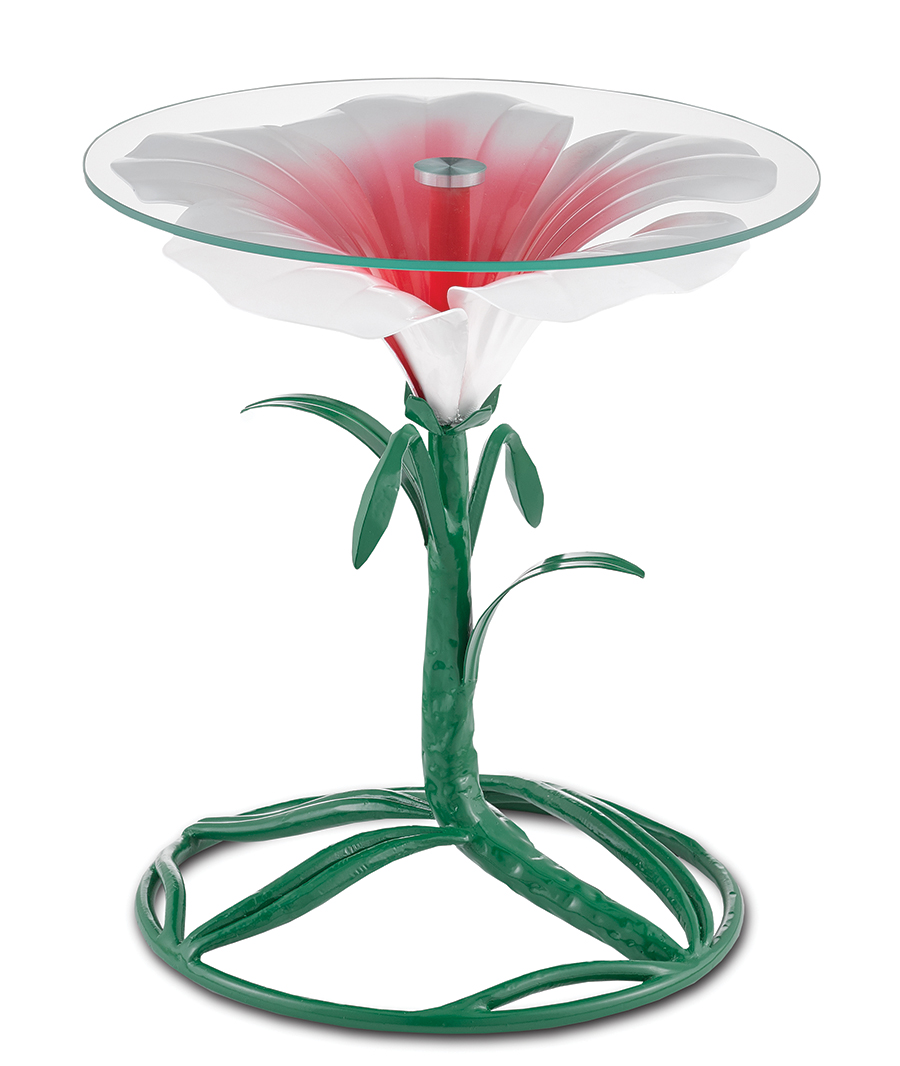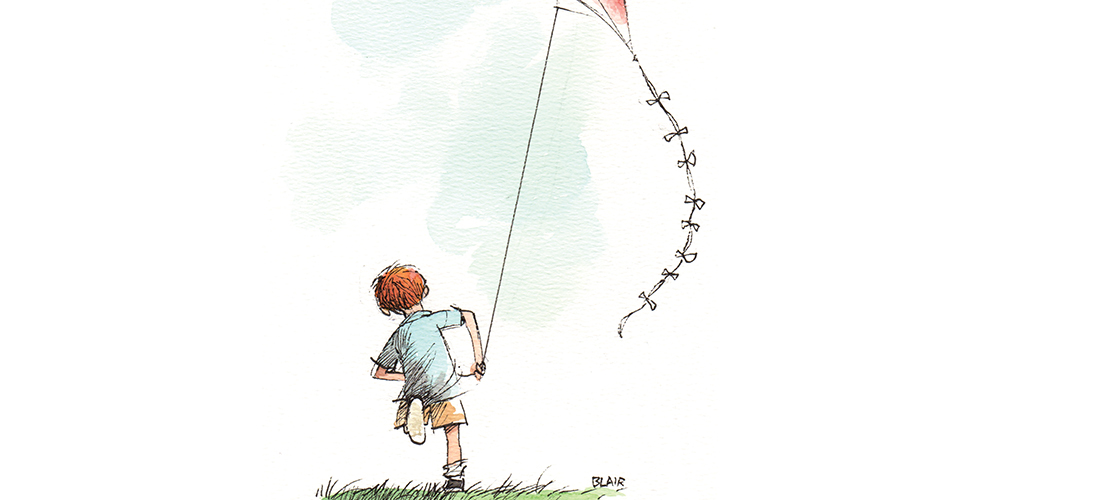Wandering Billy
Feline Fine
Cat Scratch and Cabin Fever
By Billy Eye
“Adversity is the state in which man most easily becomes acquainted with himself, being especially free of admirers then.” — John Wooden
Due to recent unpleasantness, Wandering Billy’s ability to meander around town has been severely curtailed. I’m sure you’ve heard about the situation, it was in all the newspapers.
Not long before we were all sent to our rooms for someone else soiling the sofa, I gained something I never wanted but sure am glad to have — a roommate. A good friend of mine is going through a divorce, parachuting into my Fortress of Solitude just as the world went to hell in a ham biscuit. Now we’re living a never-ending episode of The Odd Couple — two Oscars, no Felix.
I’ve been living alone for almost 20 years, happily so. Despite knowing my friend (no names, don’t want to embarrass anyone) for at least 15 years, we don’t have a lot in common. He’s 25 years younger than I am, lead singer for a punk band, so we spend evenings listening to musicians with names like Jimmy Eat World, Spanish Love Songs, Tiny Moving Parts and The Jealous Sound. My nights DJ’ing lean more towards Sarah Vaughan, Dinah Washington, Nina Simone, Ella and Frank, and we get along great.
My roommate possesses that millennial superpower allowing him to thoroughly and completely tune out anything I’m saying whenever there’s a device in front of him — mental social distancing I call it. Some people might find that rude but I find it refreshing(ly rude). No joke, he’s a bit stressed being employed at one of those “essential” jobs, making sofas at a large plant where a good percentage of the workers think the virus is a total hoax, a media concoction, refusing to wash hands or use the Purell stations.
At home it’s not much better: My roomie has to navigate the halls with my mean cat whose name is either Good Kitty or Bad Kitty, depending. That crabby tabby’s not at all happy with someone else invading his domain, distracting his slave. Kitty barely tolerates me, and only when he wants something. I know this because he’s very verbal possessing an impressive vocabulary when it comes to expressing displeasure, usually when I’m not dishing out his Fancy Feast fast enough. At least he lets me pick him up now. When I first rescued that furry fussbudget he’d scratch and bite my forearms so ferociously, it looked like I’d held someone down to drown them as they clawed for their life. But I love him all the same.
Another challenge for my roommate is me being somewhat of a hypochondriac. Can you imagine worse timing? Anytime I see some new disorder advertised on TV I think, “I’ve got that!” My blurry vision could be the result of too many hours staring into a computer but more likely I’m having a stroke right now; my aching bones undoubtedly caused by post-menopausal osteoporosis. Whatever Ozempic is prescribed for, I need it. (“Oh, oh, oh it’s magic!” Really? Pop a pill for a little magic in my life? Won’t be the first time . . . paging Dr. Greene!)
Like others of a certain age, I spent a good number of years believing Armageddon was right around the corner: Duck-and-cover drills in elementary school, neighbors with underground fallout shelters, Ronald Reagan, now sheltering in place for the latest doomsday scenario. When this upheaval began, my roommate wanted to stock up on steaks, chicken and chops, but I said there’s no need when we’ve got so many squirrels, rabbits, possums, even a plump hoot owl, roaming around the property. With great-grandmama’s cookbook, we’ll never run out of food.
I say that in jest because that might actually be preferable to our suppertime fare. Over the last few weeks, I’ve been watching YouTube videos attempting to learn how to cook. The smoke detector has to be relocated outside before I begin, but lately we’ve been dining on exotic dishes like beef bourguignon, coq au vin, tom kha gai, fettuccine Bolognese, and Cracker Barrel Hashbrown Casserole. It sure sounds as if we’re going to have a delish meal but if I hear, “Are we getting a dog or is that tonight’s dinner?” one more time, I’ll scream.
Seriously, it’s important to remember that every societal disruption unleashes a wealth of opportunity. For entertainers who lost their regular performance venues for the first time since the early days of the Internet, there’s a level playing field: Network late-night stars are broadcasting from home just as local musicians like Jessica Mashburn and Craig Baldwin are, with comparable production values. Every Thursday night at 8 p.m., The Carolina Theatre hosts virtual open mic nights via Facebook for live hometown entertainment. I’ll probably start a Vlog.
Human beings generally fear the unknown. How often I’ve whispered to the clouds, “I wish life would continue on just like this,” knowing it won’t. No matter why or when, change is inevitable and that’s a good thing, long-term. Still, uncertainty gnaws at the best of us.
With this level of unprecedented unpredictability, to unlock the unknown I went to get my palm read but couldn’t go to a regular palm reader. I had to go to a psychic palm reader. How else would she see the lines in my hand through a blue latex glove?
Then again, there are those who believe that all of life is written in The Book. If so, may I request an advanced copy please?!?
* * *
You’ve noticed pundits comparing contemporary events to 1918’s viral outbreak. Did you know Greensboro played a part in the nation’s recovery over a century ago?
After Lunsford Richardson purchased the Porter and Tate Drugstore at 121 South Elm in 1890, he set about blending menthol and various oils with petroleum jelly to create what he called Richardson’s Croup and Pneumonia Cure Salve, eventually rebranded by son H. Smith Richardson as Vick’s VapoRub in 1912. When the Spanish flu epidemic erupted a few years later, VapoRub proved an effective means of opening nasal passages for those afflicted. Sales more than tripled. Greensboro’s VapoRub plant on Milton Street was churning out little blue jars of goo 24 hours a day to meet demand. It must not have been of much help for Richardson however. He died of pneumonia in 1919.
When I was a kid in the 1960s, VapoRub hissing and misting from a humidifier was our family’s cure-all. I wonder now if that was partly because Vick’s was a local concoction? And lest we forget: Before becoming Lunsford Richardson’s epicenter for dozens of unique potions, liniments, syrups, and pills — the Porter and Tate Drugstore employed teenager William Sydney Porter, known today as short story master O.Henry. OH
Billy Eye reminds you, if you don’t want to miss an issue or venture out to find us, subscribe today to O.Henry magazine, delivered right to your door. We’re all in this together!



